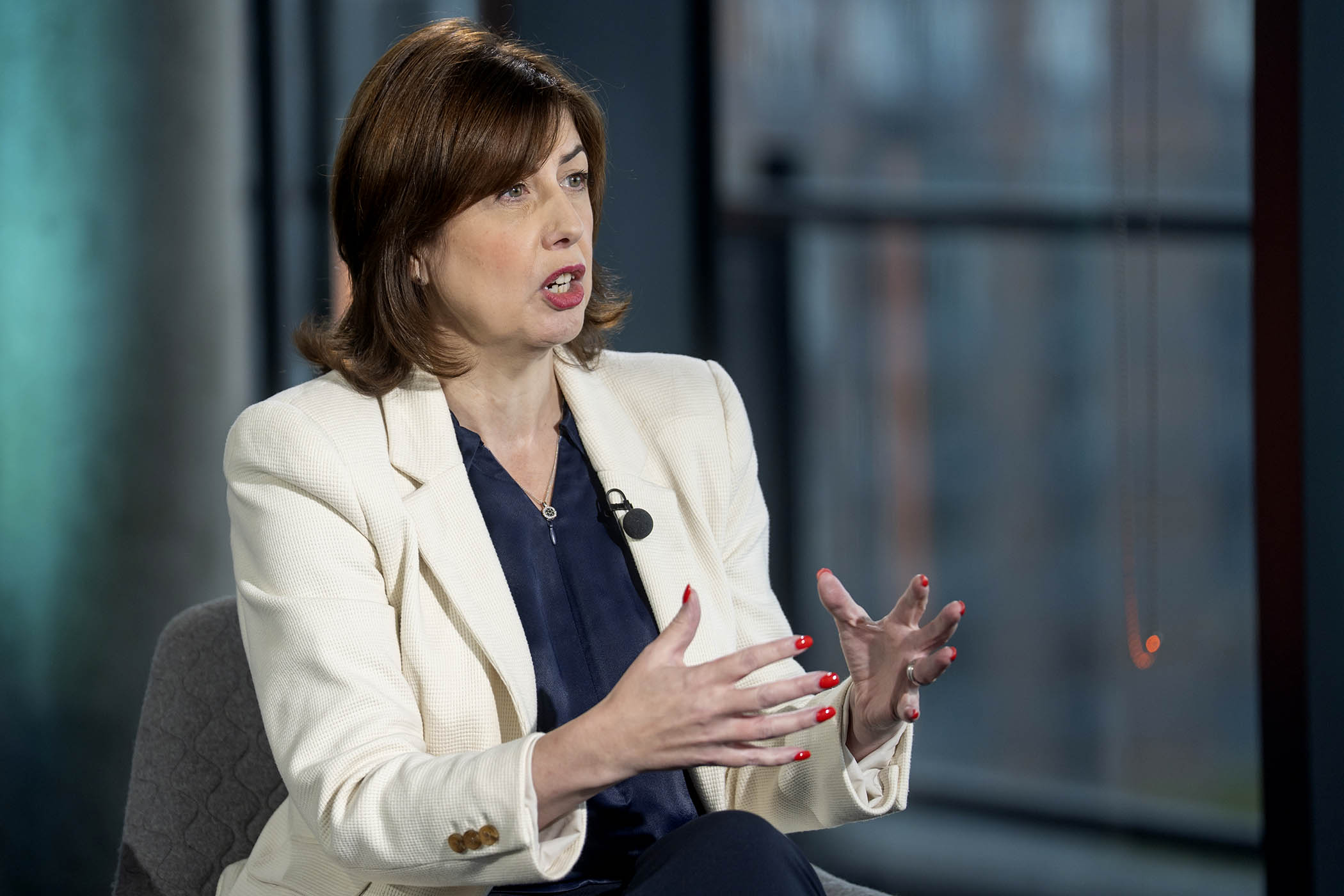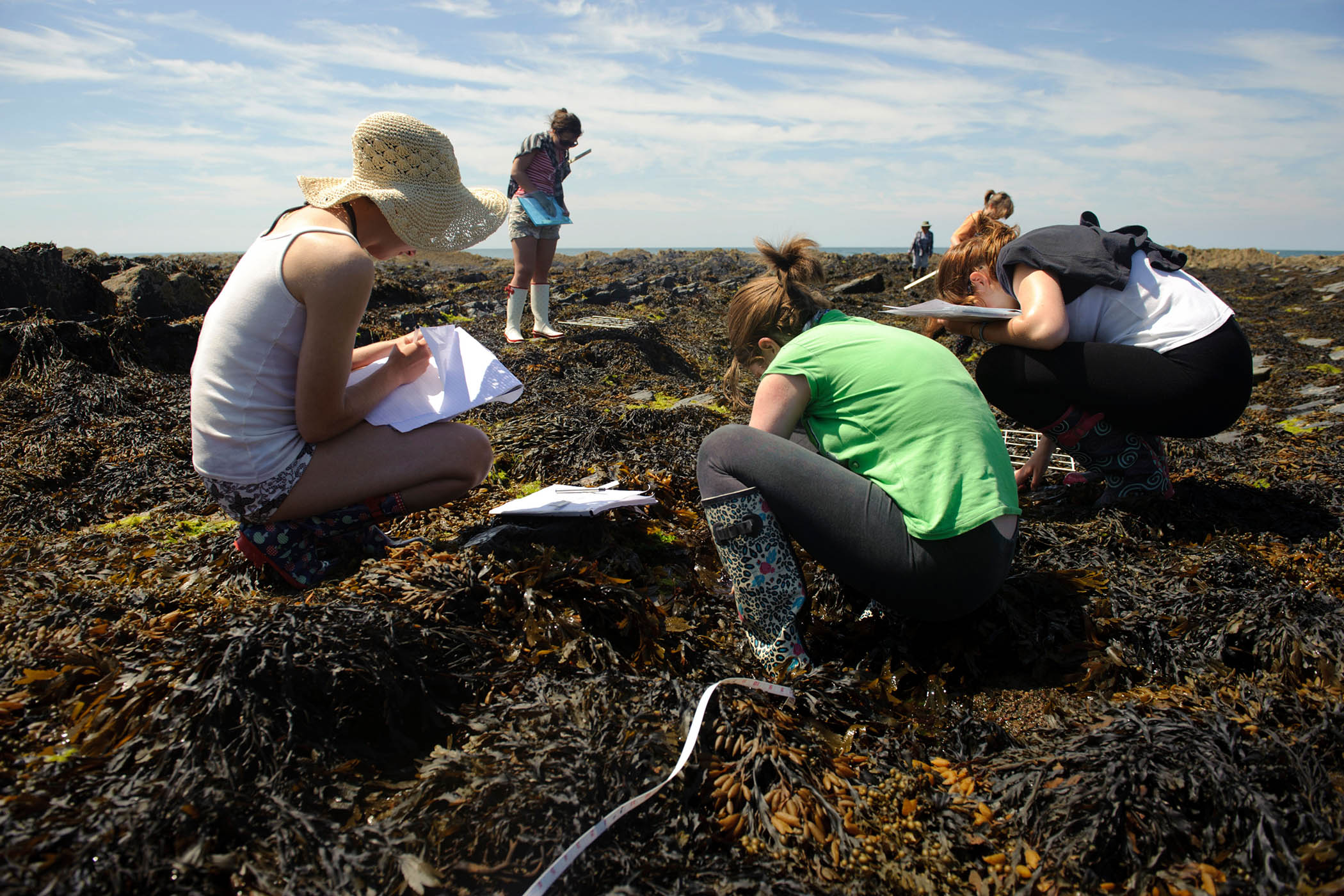Talk of an epidemic may be overblown, but increased abuse reflects the habits of young people in danger of becoming generation K
Parents, police and politicians might be forgiven for feeling complacent when it comes to drugs and young people. There is a sense we have been breeding a generation of goody two-shoes. Among the 16-24 age group, almost every illegal substance has been getting less popular – a trend echoed across the rich world. The most likely explanation is that young people now spend more time thinking about their health and less time partying, preferring to hole up indoors on their phones.
Which makes a rise in ketamine abuse all the more startling. Tabloid talk of an “epidemic” may be overblown, but users in this group have tripled since 2016. The drug has attracted attention because of its dangers – the most recent UK figures show there were 53 deaths related to ketamine in 2023, a rise of 650 per cent since 2015. While most people only try it a few times a year, it can be highly addictive, and some as young as 21 are now having risky surgery to correct crippling bladder problems caused by frequent use. Of the children and young people in treatment for drugs in England, those reporting problems with ketamine increased from less than 1% in 2015 to 8.4% in 2024, overtaking the figure for cocaine for the first time.
Why is ketamine bucking the broader trend? Some point to the price: it can now cost as little as £10 a gram. But that is unlikely to be the whole story. After all, many other drugs are getting cheaper, even as they fall out of fashion. Street prices tend to remain stable over time (changes in the market are instead reflected in the purity): cannabis, cocaine and heroin all cost about the same in 2020 as they did in 2010.
Ketamine has been rehabilitated since the 1990s, when it had a reputation as a “dirty” drug, ruining the party vibe in clubs. It is now viewed as more socially acceptable. But this can’t totally explain its rising popularity among “generation K”.
Could it be that ketamine fits the needs and habits of today’s young people in a way that other drugs do not? If baby boomers had LSD, generation X had pills and millennials cocaine, what is it that makes ketamine so appealing to generation Z?
Related articles:
“Ketamine was originally dubbed a party drug, but that was marketing – an attempt to distinguish it from other drugs on the scene,” says Harry Shapiro, an author who has worked in the drugs charity sector since 1979. “It is not a party drug.”
Instead, ketamine is a sedative with hallucinogenic properties: it helps you detach from reality. Some say it makes you feel like you are watching your life happen, rather than living it. Unlike cocaine or ecstasy, which stimulate social connection, ketamine draws you into an inner world, where trains of thought become rollercoaster rides and anxieties float into the distance. Some drugs lend themselves to solitary use, and ketamine is one of them.
“The fact that generation Z has been socialising less would certainly fit with this choice of drug,” says Ian Hamilton, associate professor of addiction at the University of York. “We know people use it alone at home as well as for going out.” That would also explain spikes in ketamine use during Covid, when people looked to escape the realities of social restrictions. Magic mushrooms and other hallucinogens, also on the rise among the young, are known as “antisocial drugs”.
It makes you feel like you are watching your life happen, rather than living it
A second and overlapping theory is that young people are using ketamine to self-medicate for mental health problems. The drug can suppress fight-or-flight feelings, and may offer temporary relief from anxiety, depression and various phobias. “It is promoted as such on social media,” says Hamilton. “Some young people have been sourcing it to feel better.” High-profile coverage of clinical trials for ketamine as a mental health treatment may have encouraged a false perception that the drug is safe and approved for medical use. Elon Musk has spoken about using it to “get out of a negative frame of mind”.
No one explanation fits completely: plenty of young people use ketamine in social situations, often mixing it with other drugs or alcohol. It has a quicker recovery time than many other drugs, so it can slot in to hectic lives. But if its rise can in part be explained by isolation and health anxiety, that presents us with a certain irony: after all, those may be the very reasons their use of other drugs is declining.
What, then, can we do aboutit? The rise of ketamine has reminded parents and policy-makers of a brutal reality: young people’s drug intake was never really within their control. Their rejection of other substances is probably a consequence of technological change and broad social forces, rather than any intervention from their elders.
The government is now seeking advice on upgrading ketamine to class A, but there is little evidence that it will help matters. Reclassifying the drug from class C to class B in 2014 failed to prevent its rise. Drug busts are rare – ketamine is typically produced in India and processed in northern Europe, making its way into the UK in small quantities via semi-legal routes. And public health campaigns can, perversely, raise interest among groups that had no idea the drug existed, especially risk-seeking young men. If there is a solution, says Shapiro, it probably lies in harm mitigation: a ready supply of talk therapies and counselling to help those who have developed a problem.
Ketamine may yet fade from view as drug fashions come and go. But its current popularity – along with that of hallucinogens – could point us to where the next fad will come from: we might keep an eye out for the abuse of drugs that relieve anxiety and can be taken alone. Benzodiazepines – a class of addictive tranquilisers – may be one candidate, long a problem for young people in America, where it is easier to obtain prescriptions, but now on the rise in Australia and Scotland. Generation K’s next drug crisis could be closer than we think.







